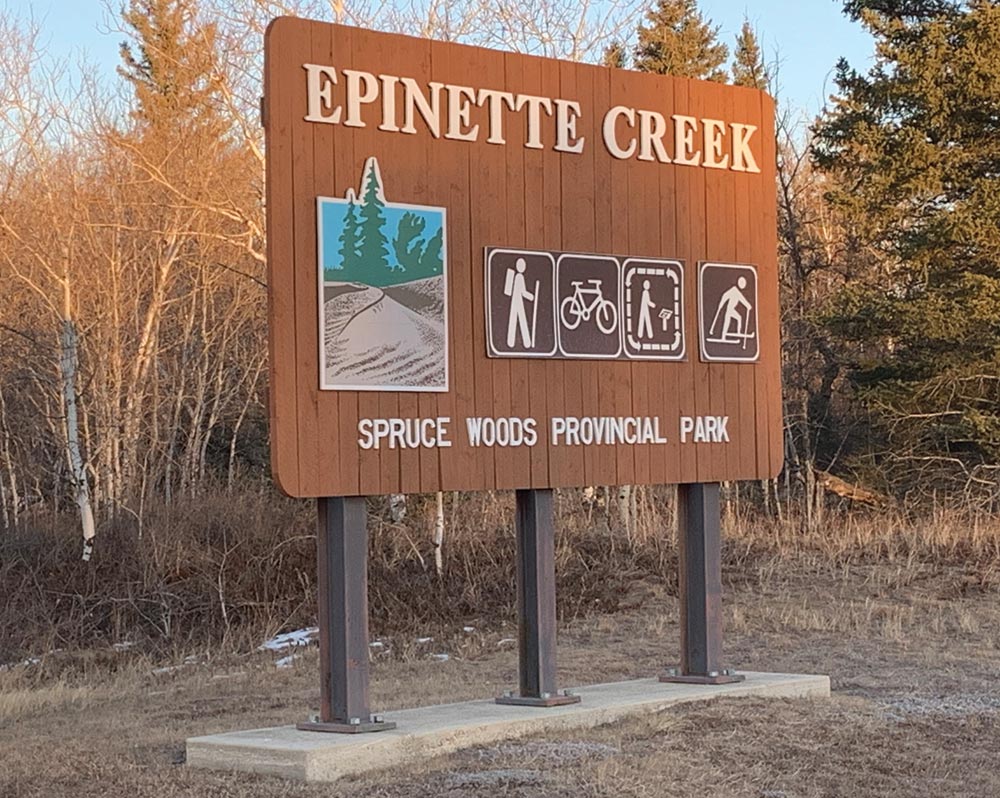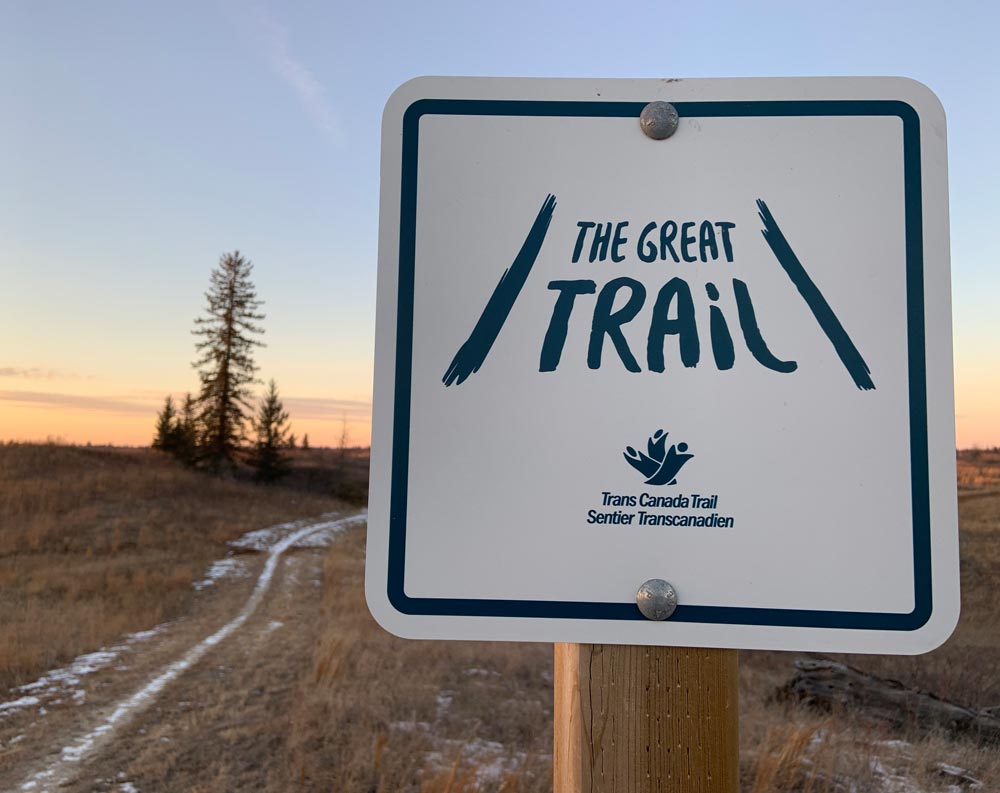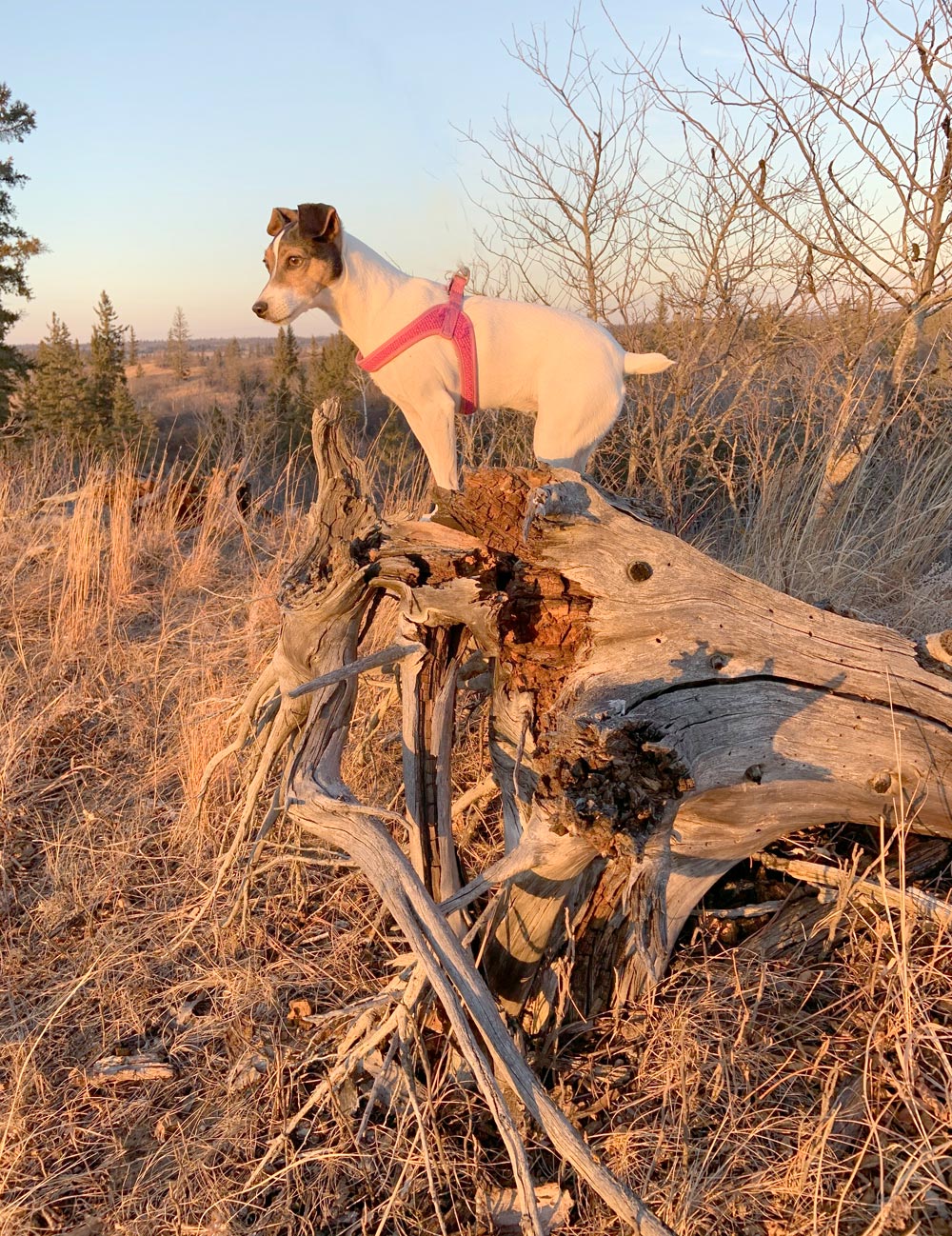

Jules Xavier
Shilo Stag
Are you new to Manitoba, and looking for a summer weekend road trip in the vicinity of CFB Shilo?
If so, why not fill the family vehicle and travel east towards Carberry on Hwy 1, then head south on Hwy 5 en route to Spruce Woods Provincial Park for an afternoon outing.
Spruce Woods Provincial Park is a paradise for outdoor enthusiasts and hikers — wear the appropriate shoes during the four seasons when hiking — thanks to the grass-covered hilly prairie landscape. Signage is excellent for those direction challenged.
There are two stellar trails in this provincial park off Hwy 5, both offering park users scenic views and distinctive terrain.
Often called ‘Manitoba’s desert,’ Spirits Sands is not a desert, but the remnants of a sandy delta of the Assiniboine River. Did you know Spirit Sands receives almost twice the amount of precipitation of typical desert locations.
For those who enjoy flora and fauna, the combination of sandy soil and moisture provides ideal growing conditions for a plethora of cacti and wild flowers along this 10-kilometre trail.
What about the trails — from my observations in spring as I ventured out with my trusty Jack Russell Terrier Dotti — once you arrive? There are numerous, and of varying distances. Spirit Sands trail is flat, which makes for an easy outing.
However, there are sections which will challenge you. A section will require some hiking thanks to the sand-stair climb. While you are hiking, keep an eye out for skinks so as not step on these cute snake-like reptiles.
Adjacent to Spirit Sands trail, there’s the more rugged Devil’s Punch. On this day, it required some work because of areas of crusty snow, especially in shaded areas on rolling trails.
This trail is accessed by connector trails through fields which seamlessly blend two distinct landscapes. Hikers will transition from sandy dunes to eerie blue-green water and bogs.
The trails within the park are part of the Trans Canada Trail system, which incorporates the Assiniboine Delta — formed 10,000 years ago when a raging glacier river carried sand and silt across the prairies, then dropped it here as it spilled into ancient Lake Agassiz — and Pembina Hills.
The delta covers more than 6,000 km2 with sand. The last glacier also created the rolling terrain of the Pembina and Tiger Hills. Rocks and gravel trapped in the glacier formed the end moraine which is the base of the hills.
The trail crosses the delta in a north-south direction and winds its way over the hills. The western edge of the hills form part of the Manitoba Escarpment where the land drops 200 metres to the plain below.
Here the trail climbs up and down the escarpment. Trail length across the Delta and Hills region is 319 kilometres.
There are also the Epenette Creek trails, with four covering different distances depending on how much time you wanted to spend in the outdoors: Juniper 2.2 km, Spruce 3.5 km, Tamarack 10.5 km and Newfoundland 25.5 km.
These four are part of a larger network of trails for hiking, biking, and cross-country skiing located throughout the park. Make sure you have a park map to discover the entire network of trails and plan your route. Winter trail conditions are available online at www.manitobaparks.com
There are a few trail protocols in place besides familiarizing yourself with designated trail activities. In the fall, you might encounter hunters. Remember, the trails are designed for multiple uses. And remain on trails during your outing, especially during the summer months when poison ivy is prevalent.
This plant is along all the trails and even at the edges of campsites. It makes up most of the ground cover in the bushes as well. Just look for the plant which has three leaves which can be green, red or yellow. The leaves have jagged edges and can look waxy, shiny or matte.
In the fall, winter and spring occasionally there are no leaves on the plant, instead there are yellowish-white berries on the top of what looks like a twig.
And for those who plan to overnight in the provincial park, you will need a backcountry travel permit obtained from the Carberry district office at 204-834-8800.
Signage in the prairie wilderness setting for hikers out enjoying the trails at Spruce Woods Provincial Park is excellent. A Jack Russell Terrier looks out on the rolling hills at Spruce Woods Provincial Park at sunset. Photos Jules Xavier/Shilo Stag



